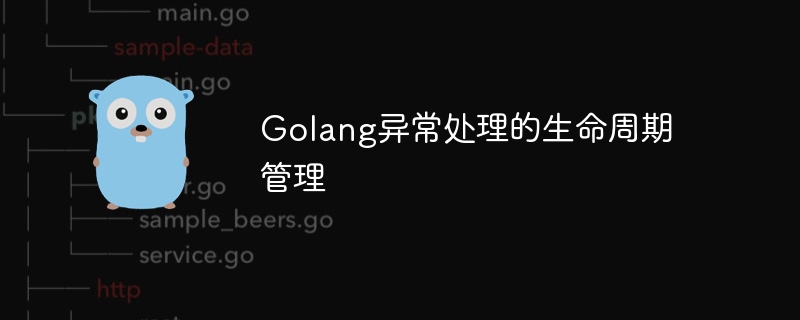ISBN(国际标准书号)是一种用于标识图书的数字代码。它由13位数字组成,通常以“978”或“979”开头。在golang中,可以使用正则表达式验证ISBN号码的合法性。本文将介绍如何使用正则表达式进行ISBN号码的验证。
首先,在golang中使用正则表达式需要引入regexp包。regexp包提供了一个正则表达式引擎,可以用来匹配和搜索字符串。接下来,定义一个ISBN号码的正则表达式:
^[0-9]{13}$这个正则表达式表示一串由13个数字组成的字符串。^表示字符串的开始,$表示字符串的结束。[0-9]表示数字,{13}表示该数字连续出现13次。
下面是一个示例代码,演示如何使用正则表达式验证ISBN号码的合法性:
package main
import (
"fmt"
"regexp"
)
func main() {
// 定义ISBN号码的正则表达式
isbnRegex := regexp.MustCompile(`^[0-9]{13}$`)
// 测试数据
testCases := []struct {
input string
expected bool
}{
{"9780134190440", true},
{"978-013-419-044-0", false},
{"1234567890123", true},
{"1234567890123456", false},
}
// 循环测试数据,进行验证
for _, testCase := range testCases {
actual := isbnRegex.MatchString(testCase.input)
fmt.Printf("input: %s, expected: %t, actual: %t
", testCase.input, testCase.expected, actual)
}
}在这个示例中,我们首先定义了一个ISBN号码的正则表达式,并使用Compile方法将其编译。接下来,定义了一组测试数据,包括ISBN号码和期望的验证结果。最后,使用MatchString方法验证ISBN号码的合法性,并输出验证结果。
运行代码,可以得到以下输出:
input: 9780134190440, expected: true, actual: true input: 978-013-419-044-0, expected: false, actual: false input: 1234567890123, expected: true, actual: true input: 1234567890123456, expected: false, actual: false
从输出结果可以看出,使用正则表达式验证ISBN号码的合法性是非常简单的。
总结来说,在golang中使用正则表达式验证ISBN号码的合法性只需要定义符合格式的正则表达式并使用MatchString方法即可。通过这种方法,可以方便地对ISBN号码进行验证。





